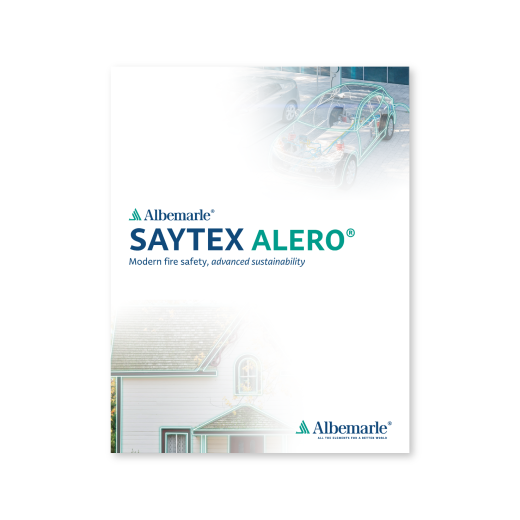- Albemarle is a global leader in flame retardant technology—setting the standard for high performance, exceptional safety and sustainability
- We help enable the world’s leading manufacturers of electronics, appliances, building material and vehicles to bring next-generation innovations to market safely and reliably
- Our commitment to environmental stewardship spans from production to application, increasing recyclability and lowering our carbon footprint
- We actively support the first-responder community, reflecting our holistic approach to fire safety



